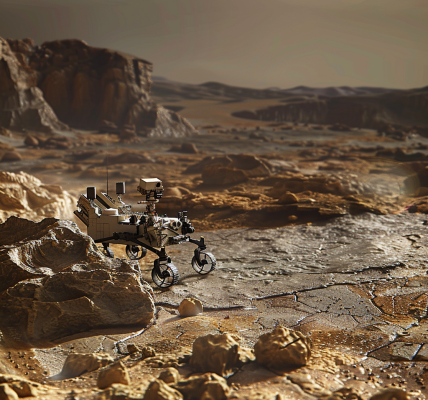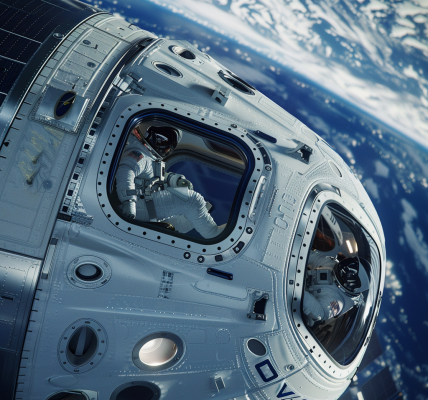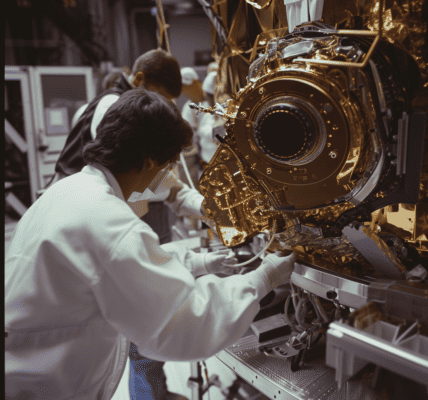SpaceX has made a remarkable comeback, successfully launching three Falcon 9 rockets over the weekend, just two weeks after a failed mission that raised concerns about the reliability of its operations. The launches took place in Florida and were part of the company’s ongoing efforts to expand its Starlink satellite internet service.
Following a brief hiatus due to an investigation by the U.S. regulatory authorities, SpaceX quickly resumed its launch schedule. The Falcon 9 rockets successfully deployed Starlink satellites into orbit, marking launches number 73 to 75 for the year. This impressive feat showcases SpaceX’s ability to bounce back from setbacks and maintain a robust launch cadence.
The previous mission, which occurred in early July, ended in disappointment when an engine shut down prematurely, preventing the satellites from reaching their designated orbits. Consequently, the Federal Aviation Administration (FAA) initiated a review of the incident, leading to a temporary suspension of Falcon 9 launches.
SpaceX conducted a thorough investigation into the cause of the engine failure. It was determined that an oxygen leak near the Merlin engine had resulted in ice formation, which triggered an automatic shutdown during the launch. This premature release of the satellites led to their destruction upon re-entry.
Engineers discovered that the issue stemmed from a crack in a series of pressure sensors, attributed to material fatigue caused by the intense vibrations produced by the rocket’s engines. Fortunately, these sensors were deemed redundant and not critical for the rocket’s operation, having been installed at the request of a previous customer. Moving forward, SpaceX plans to launch the Falcon 9 without these sensors, thereby eliminating the risk associated with their failure.
Remarkably, this incident marked the first failure for SpaceX after 297 successful Falcon 9 launches, highlighting the company’s impressive track record in the aerospace industry. The last significant incident occurred in September 2016, when a Falcon 9 rocket exploded on the launch pad, destroying both the rocket and the Amos 6 satellite.
The swift resolution of the issues surrounding the previous mission demonstrates SpaceX’s commitment to safety and reliability. The FAA’s clearance for the Falcon 9 to resume launches underscores the regulatory body’s confidence in the company’s operations.
SpaceX’s ability to conduct three successful launches in such a short timeframe not only reinforces its position as a leader in the commercial space industry but also reflects its dedication to expanding global internet coverage through the Starlink project. With plans to deploy thousands of satellites, Starlink aims to provide high-speed internet access to underserved and remote areas worldwide.
As SpaceX continues to innovate and push the boundaries of space exploration, the company is also preparing for future missions. Plans are underway for around 120 Starship rocket launches annually from Florida, further solidifying SpaceX’s commitment to advancing space travel and exploration.
The recent successful launches are a testament to SpaceX’s resilience and technical expertise, positioning the company for continued growth and success in the coming years. As the aerospace industry evolves, SpaceX remains at the forefront, setting new standards for satellite deployment and space transportation.





